Home>diy>Building & Construction>What Is Overburden In Construction
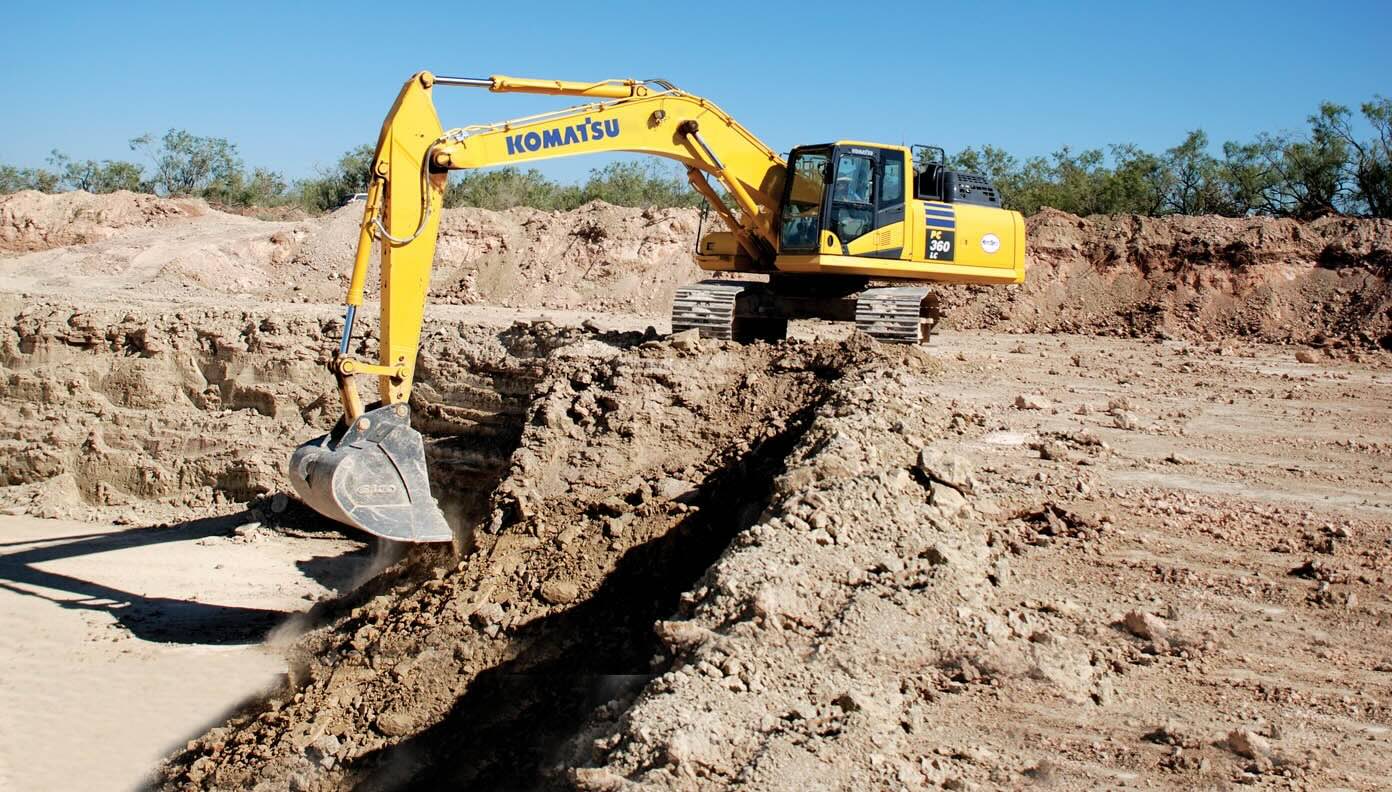

Building & Construction
What Is Overburden In Construction
Modified: December 7, 2023
Learn about the concept of overburden in building construction and how it affects the construction process. Understand the importance of managing and mitigating overburden to ensure successful project completion.
(Many of the links in this article redirect to a specific reviewed product. Your purchase of these products through affiliate links helps to generate commission for Storables.com, at no extra cost. Learn more)
Introduction
Welcome to the world of construction, where every building and structure starts with careful planning and meticulous execution. Construction projects involve various stages, from excavation to the final touches of finishing. One critical aspect that often goes unnoticed but plays a significant role is the management of overburden.
In the realm of construction, overburden refers to the materials or substances that need to be removed or relocated before construction activities can commence. These materials can range from soil and rocks to vegetation and even man-made structures.
In this article, we will explore the concept of overburden in construction and its importance in project management. We will delve into common types of overburden, their effects on construction projects, as well as methods and best practices for effective overburden management.
So, let’s roll up our sleeves and dig deeper into the world of overburden in construction!
Key Takeaways:
- Proper management of overburden in construction is crucial for creating a stable foundation, mitigating hazards, optimizing construction processes, considering environmental impacts, and ensuring regulatory compliance. It is an essential component of a well-planned and executed construction project.
- Implementing effective overburden management practices, such as early site investigation, strategic planning, engaging experienced contractors, environmental compliance, safety measures, effective communication, regular monitoring, and documentation, can minimize delays, reduce costs, ensure safety and environmental compliance, and maintain a positive reputation.
Read more: What Is Pre-Construction In Construction
Definition of Overburden in Construction
In the context of construction, overburden refers to the layer of materials or substances that lie above the desired construction level. These materials are typically unwanted and must be removed or relocated to create a suitable foundation for a building or structure.
The overburden layer can consist of various elements depending on the site conditions and project requirements. It can include soil, rocks, vegetation, trees, and even existing structures or infrastructure. The thickness and composition of the overburden layer often vary from one construction site to another.
Overburden can be classified as natural or man-made. Natural overburden primarily comprises soil, rocks, and vegetation that need to be excavated or cleared to access the construction area. Man-made overburden, on the other hand, encompasses existing structures or infrastructure, such as old buildings, roads, or utilities, that need to be demolished or relocated before construction can commence.
It is crucial to identify and assess the overburden present at a construction site to plan and execute the project effectively. Proper management of overburden is essential to ensure a stable foundation, prevent potential hazards, and maintain the integrity and longevity of the construction.
Now that we have a clear understanding of what overburden means in the context of construction, let’s explore why managing it is of utmost importance.
Importance of Managing Overburden in Construction
Managing overburden is a crucial aspect of construction project management. It plays a significant role in ensuring the success and smooth execution of a construction project. Here are some key reasons why managing overburden is important:
- Foundation Stability: Overburden materials, such as loose soil or unstable rocks, can compromise the stability of the foundation for a building or structure. By properly managing and removing the overburden, the construction site can be prepared with a stable and suitable foundation, minimizing the risk of foundation settlement or failure.
- Hazard Mitigation: Overburden can contain hazardous materials, such as asbestos, lead, or toxic chemicals. These substances pose health risks to workers and can also impact the surrounding environment. By managing and disposing of overburden safely and in compliance with regulations, the potential hazards can be mitigated, protecting the workers, neighboring communities, and the environment.
- Optimal Construction Process: Effective management of overburden allows for smoother construction operations. By removing unwanted materials, construction machinery and equipment can work efficiently without encountering obstacles or potential damages. This helps to streamline the construction process, saving time and costs.
- Environmental Considerations: Overburden may include vegetation, trees, or other valuable natural resources. Proper management of overburden allows for the preservation and potential reuse of these resources. Appropriate disposal methods and recycling opportunities can be explored, minimizing the environmental impact of the construction project.
- Regulatory Compliance: Many jurisdictions have regulations and guidelines in place regarding the management and disposal of overburden. Adhering to these regulations is not only legally required but also ensures ethical and responsible construction practices. By managing overburden in compliance with regulations, construction companies can avoid penalties and maintain a positive reputation.
In essence, proper management of overburden in construction is crucial for creating a stable foundation, mitigating hazards, optimizing construction processes, considering environmental impacts, and ensuring regulatory compliance. It is an essential component of a well-planned and executed construction project.
Now that we understand the importance of managing overburden, let’s explore the common types of overburden that construction projects encounter.
Common Types of Overburden in Construction
Construction projects can encounter various types of overburden that need to be managed and removed before construction activities can commence. Let’s take a closer look at some of the common types:
- Soil: Soil is one of the most common types of overburden encountered in construction. It can vary in composition and properties, such as clay, sand, silt, or loam. Depending on the construction requirements, certain types of soil may need to be removed or replaced to ensure a stable foundation.
- Rocks: Overburden may also consist of large rocks or boulders that need to be excavated or blasted before construction can take place. Rocks can pose challenges in excavation and foundation preparation, requiring specialized equipment and techniques for removal.
- Vegetation: In some cases, vegetation, such as trees, shrubs, or grass, may need to be cleared from the construction site. This is often necessary to create space for the building footprint or to ensure access for construction equipment and vehicles.
- Existing Structures: Construction projects involving redevelopment or renovation may encounter existing structures or infrastructure that need to be demolished or relocated. This can include old buildings, roads, utilities, or other man-made structures that are in the way of the new construction.
- Contaminated Materials: Overburden can also include contaminated materials, such as soil or debris contaminated with hazardous substances like asbestos, lead, or chemicals. These materials require special handling and disposal methods to ensure the safety of workers and the environment.
- Water: Water accumulation in excavation sites can be a form of overburden that needs to be managed. Proper dewatering techniques and drainage systems are often necessary to remove excess water and create a dry working environment.
Understanding the specific types of overburden present at a construction site is essential for effective planning and management. Each type requires a different approach and set of techniques for removal and disposal.
Now that we have explored the common types of overburden, let’s delve into the effects it can have on construction projects.
Effects of Overburden on Construction Projects
Overburden in construction projects can have various impacts on the overall execution and success of the project. Let’s examine some of the key effects:
- Delayed Project Timeline: Overburden materials can significantly prolong the time required for site preparation and foundation work. The process of removing or relocating overburden can be time-consuming, especially if it involves large volumes or challenging terrain. Delays in overburden management can have a cascading effect on the entire construction schedule.
- Increased Project Costs: Managing and disposing of overburden can incur additional costs. The transportation, disposal, or recycling of overburden materials require resources, equipment, and labor, which can contribute to the overall project budget. Unexpected overburden encountered during construction can also lead to unforeseen expenses.
- Safety Hazards: Unmanaged overburden can pose safety hazards to workers on the construction site. Loose soil, unstable rocks, or hidden debris can result in accidents, injuries, or even fatalities. It is crucial to properly identify and handle overburden to ensure the safety and well-being of the construction team.
- Structural Integrity: The presence of overburden can impact the stability and structural integrity of the building or structure being constructed. Depending on the characteristics of the overburden, it may cause settlement, uneven loads, or even undermine the foundation. Proper management and removal of overburden are essential to ensure a solid and durable structure.
- Environmental Considerations: Improper handling and disposal of overburden can have adverse environmental impacts. Soil erosion, contamination of water sources, or destruction of natural habitats can occur if overburden is not managed responsibly. Construction projects should prioritize sustainable practices and adhere to regulations to minimize environmental harm.
- Regulatory Compliance: Failure to manage overburden in compliance with regulations can lead to legal challenges and penalties for construction projects. Local authorities may have specific requirements for handling overburden, especially when it contains hazardous materials. Construction companies must stay updated on the regulations and ensure proper documentation and disposal procedures.
Understanding the potential effects of overburden on construction projects is crucial for project managers and stakeholders. By being aware of these effects, appropriate measures can be taken to minimize delays, control costs, ensure safety, maintain structural integrity, mitigate environmental impacts, and comply with regulatory requirements.
Now that we have explored the effects of overburden, let’s move on to discussing the methods and techniques used for handling overburden in construction.
Overburden in construction refers to the layers of soil and rock that need to be removed before construction can begin. It’s important to properly assess and plan for overburden removal to ensure a stable and safe construction site.
Read more: What Is Construction
Methods for Handling Overburden in Construction
Handling overburden in construction requires careful planning and the implementation of suitable methods and techniques. Let’s explore some common methods used for managing overburden:
- Excavation and Hauling: Excavation is the process of removing overburden from the construction site using heavy machinery, such as excavators, bulldozers, or backhoes. The excavated materials are then loaded onto trucks and hauled away for disposal or recycling at designated sites.
- Blasting and Demolition: In cases where overburden includes large rocks or existing structures, blasting and demolition techniques may be employed. Explosives or specialized machinery can be used to break down rocks or demolish structures, allowing for easier removal and disposal of the overburden.
- Grading and Leveling: Grading involves reshaping the terrain to create a smooth and even surface for construction. This method is commonly used when overburden consists of uneven soil or mounds. The excess soil is redistributed and leveled to provide a suitable foundation for the building or structure.
- Decontamination and Remediation: When overburden contains hazardous materials or contaminated soil, decontamination and remediation procedures are necessary. Specialized teams and equipment are employed to remove, treat, or contain the hazardous substances safely and restore the site to meet regulatory standards.
- Reusing and Recycling: Whenever possible, overburden materials can be reused or recycled on-site or off-site. For example, excavated soil can be repurposed for landscaping or embankments, while demolished concrete can be crushed and used as aggregates for new construction. Reusing and recycling overburden minimizes waste and reduces environmental impact.
- Dewatering and Drainage: In situations where water accumulation is a form of overburden, dewatering and drainage techniques are employed. This involves the use of pumps, trenches, or sumps to remove excess water from the construction site, ensuring a dry working environment.
It is essential to select the appropriate method or combination of methods based on the specific characteristics of the overburden and the site conditions. Project managers should consider factors such as cost, time efficiency, safety, environmental impact, and regulatory requirements when determining the most suitable approach for handling overburden.
Now that we have explored various methods for handling overburden, it’s time to delve into real-life examples of overburden management in construction projects.
Case Studies of Overburden Management in Construction Projects
Real-life case studies provide valuable insights into the practical application of overburden management in construction projects. Let’s explore two examples:
- Case Study 1: High-Rise Building Construction
In a recent high-rise building project located in a dense urban area, the construction site was covered with layers of soil and existing infrastructure, including old underground utilities and pavement. To prepare the site for construction, a multi-step process was implemented. First, the existing structures were demolished using controlled blasting and heavy machinery. Then, excavation and hauling were employed to remove the overburden materials, including soil and debris. Special attention was given to proper management and disposal of any contaminated materials, ensuring compliance with environmental regulations. The site was then graded and leveled, providing a stable foundation for the high-rise building construction to proceed. - Case Study 2: Highway Expansion Project
In a highway expansion project, overburden management played a crucial role in minimizing disruptions to the existing road and surrounding areas. The overburden primarily consisted of rocks and soil that needed to be excavated to accommodate the widened roadway. To optimize efficiency, blasting and excavation techniques were used to remove the overburden. The excavated materials were then transported to nearby sites, where they were used for slope stabilization and landscaping. This approach not only reduced the need for off-site disposal but also provided a sustainable solution by reusing the overburden materials.
These case studies highlight the importance of strategic planning and the implementation of various methods for effective overburden management. Each construction project presents unique challenges, and the approach to handling overburden may vary based on site characteristics, project requirements, and environmental considerations.
Now that we have examined practical examples, let’s discuss the challenges that construction projects may face when dealing with overburden.
Challenges of Dealing with Overburden in Construction
Dealing with overburden in construction projects can present several challenges that need to be addressed effectively. Let’s explore some common challenges:
- Unknown Site Conditions: The presence and composition of overburden are not always predictable before excavation begins. This uncertainty can lead to unexpected challenges and delays in project planning and execution. Conducting thorough site investigations and surveys can help minimize the risk of surprises.
- Varying Overburden Characteristics: Overburden materials can vary significantly in terms of their composition, density, stability, and potential hazards. This variation makes it challenging to develop a uniform approach for handling and disposing of different types of overburden.
- Limited Space for Storage and Disposal: In urban areas or sites with limited space, finding suitable locations for temporary storage or proper disposal of overburden materials can be a challenge. The availability of landfills or recycling facilities may also pose limitations and increase transportation costs.
- Environmental Considerations: Overburden removal and disposal can have potential environmental impacts, such as soil erosion, water contamination, or damage to natural habitats. Ensuring compliance with environmental regulations and implementing sustainable practices require specialized knowledge and resources.
- Safety Risks: Handling overburden can be hazardous, especially when it involves heavy machinery, demolition, or working in confined spaces. Adequate safety measures, training, and supervision are necessary to protect workers and minimize the risk of accidents or injuries.
- Coordination with Stakeholders: Dealing with overburden often requires coordination with various stakeholders, including regulatory authorities, utility companies, and neighboring communities. Obtaining necessary permits, managing disruptions, and addressing concerns require effective communication and collaboration.
Addressing these challenges requires a proactive and comprehensive approach to overburden management. It is crucial for project managers and construction teams to anticipate and plan for these challenges, allocating resources and implementing strategies to overcome them.
Now, let’s move on to discussing some best practices for effective overburden management in construction projects.
Best Practices for Overburden Management in Construction
Implementing effective overburden management practices is essential for the successful execution of construction projects. Here are some best practices to consider:
- Early Site Investigation: Conduct a thorough site investigation before the start of construction to identify and assess the overburden present. This will help in understanding the site conditions, potential hazards, and required methods for overburden removal.
- Strategic Planning: Develop a well-defined overburden management plan that includes clear objectives, timelines, and allocation of appropriate resources. Consider the specific characteristics of the overburden, environmental factors, and regulatory requirements when formulating the plan.
- Engage Experienced Contractors: Work with experienced contractors who have expertise in overburden management. Their knowledge and specialized equipment can ensure efficient execution of overburden removal and disposal activities.
- Environmental Compliance: Prioritize environmental considerations and comply with relevant regulations. Implement erosion control measures, prevent water contamination, and follow proper disposal procedures for hazardous materials. Consider sustainable practices, such as recycling or reusing overburden materials, whenever feasible.
- Safety Measures: Implement strict safety protocols and provide proper training to workers involved in overburden management. This includes training on the safe operation of machinery, handling hazardous materials, and working in potentially dangerous environments.
- Effective Communication: Maintain open and effective communication with all stakeholders, including the project team, regulatory authorities, and local communities. Address concerns, coordinate activities, and keep everyone informed of any changes in the overburden management plan.
- Regular Monitoring and Quality Control: Continuously monitor and assess the progress of overburden management activities. Conduct quality control checks to ensure that the methods employed are effective, and the removal and disposal are performed according to the plan.
- Documentation and Record-Keeping: Keep detailed records of overburden management activities, including permits, disposal receipts, and testing results. This documentation is essential for regulatory compliance, future reference, and potential liability issues.
By implementing these best practices, construction projects can minimize delays, reduce costs, ensure safety and environmental compliance, and maintain a positive reputation. Each project should adapt these practices to its specific requirements and local regulations.
Now, let’s wrap up our discussion on overburden management in construction.
Read more: What Is WIP In Construction
Conclusion
Managing overburden in construction projects is a critical aspect that should not be overlooked. Overburden refers to the materials or substances that need to be removed or relocated before construction activities can commence. It can be soil, rocks, vegetation, existing structures, or even contaminated materials.
Proper management of overburden is essential to ensure a stable foundation, prevent hazards, optimize construction processes, and comply with regulations. It involves various methods such as excavation, demolition, grading, decontamination, and recycling. Each construction project presents unique challenges, including unknown site conditions, varying overburden characteristics, limited space for storage and disposal, environmental considerations, safety risks, and coordination with stakeholders.
However, by implementing best practices such as early site investigation, strategic planning, engaging experienced contractors, environmental compliance, safety measures, effective communication, regular monitoring, and documentation, these challenges can be overcome effectively.
By effectively managing overburden, construction projects can ensure timely completion, cost control, worker safety, structural integrity, environmental sustainability, and regulatory compliance. It is a crucial step in creating a solid foundation for any construction project.
As the world of construction continues to evolve, the careful management of overburden remains a vital component in achieving success. By understanding the definition, importance, types, effects, methods, case studies, challenges, and best practices of overburden management, construction professionals can approach their projects with confidence, ensuring smooth operations and remarkable outcomes.
So, let’s continue to build a stronger, safer, and more sustainable future through effective overburden management in construction.
Frequently Asked Questions about What Is Overburden In Construction
Was this page helpful?
At Storables.com, we guarantee accurate and reliable information. Our content, validated by Expert Board Contributors, is crafted following stringent Editorial Policies. We're committed to providing you with well-researched, expert-backed insights for all your informational needs.
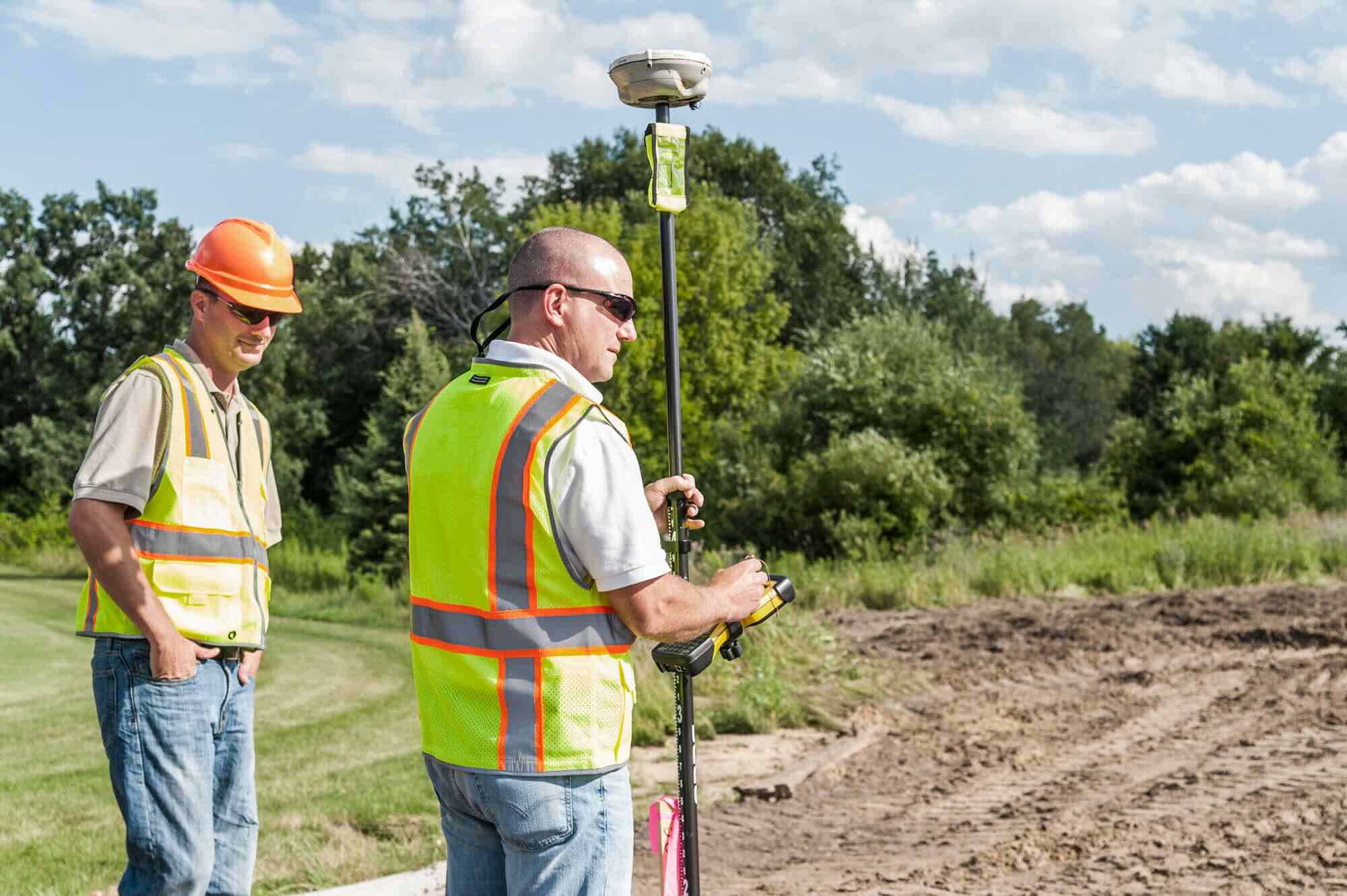

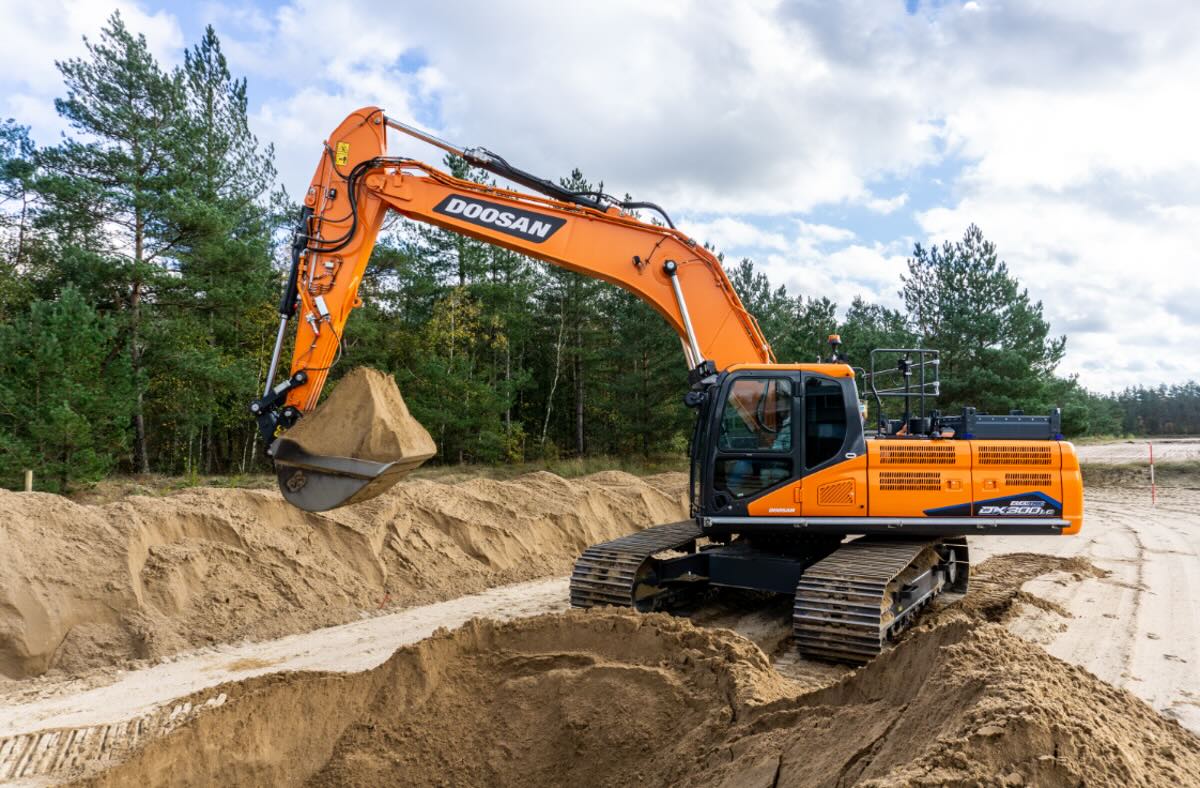

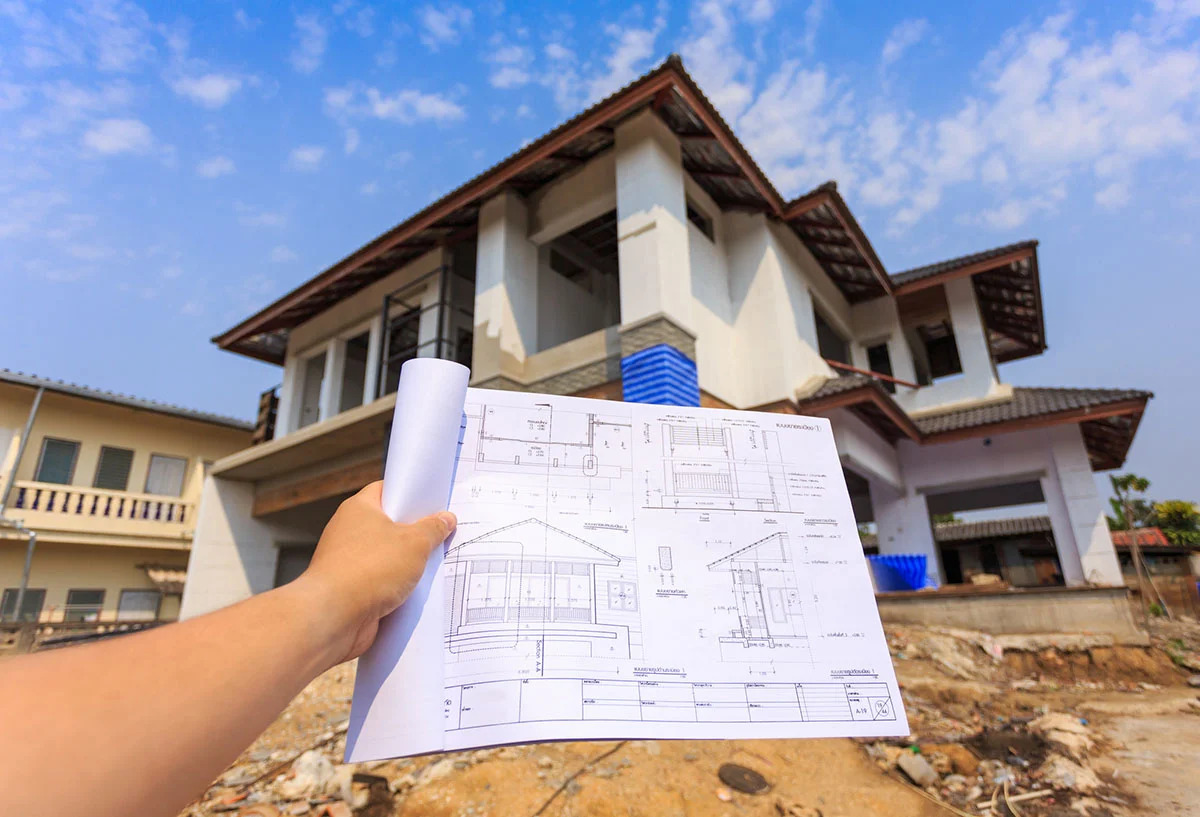


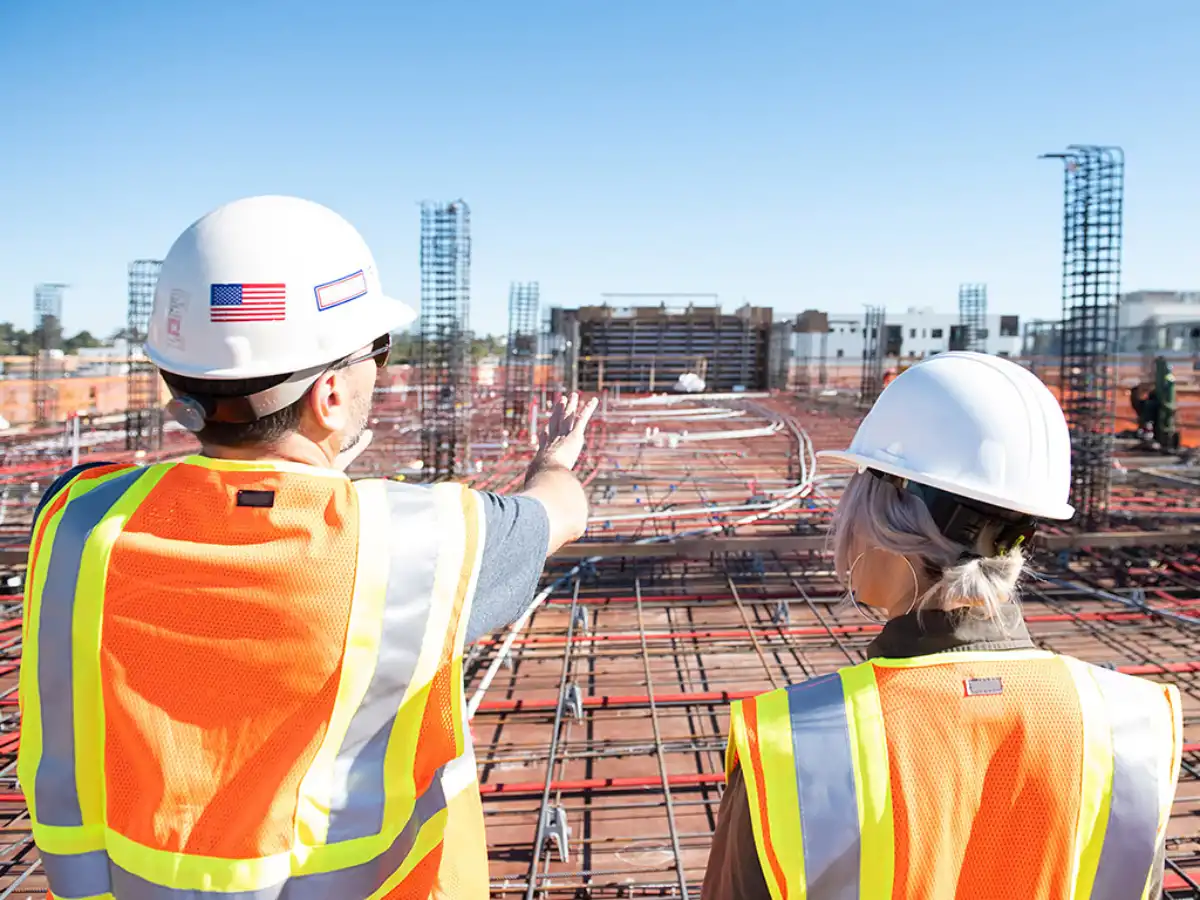


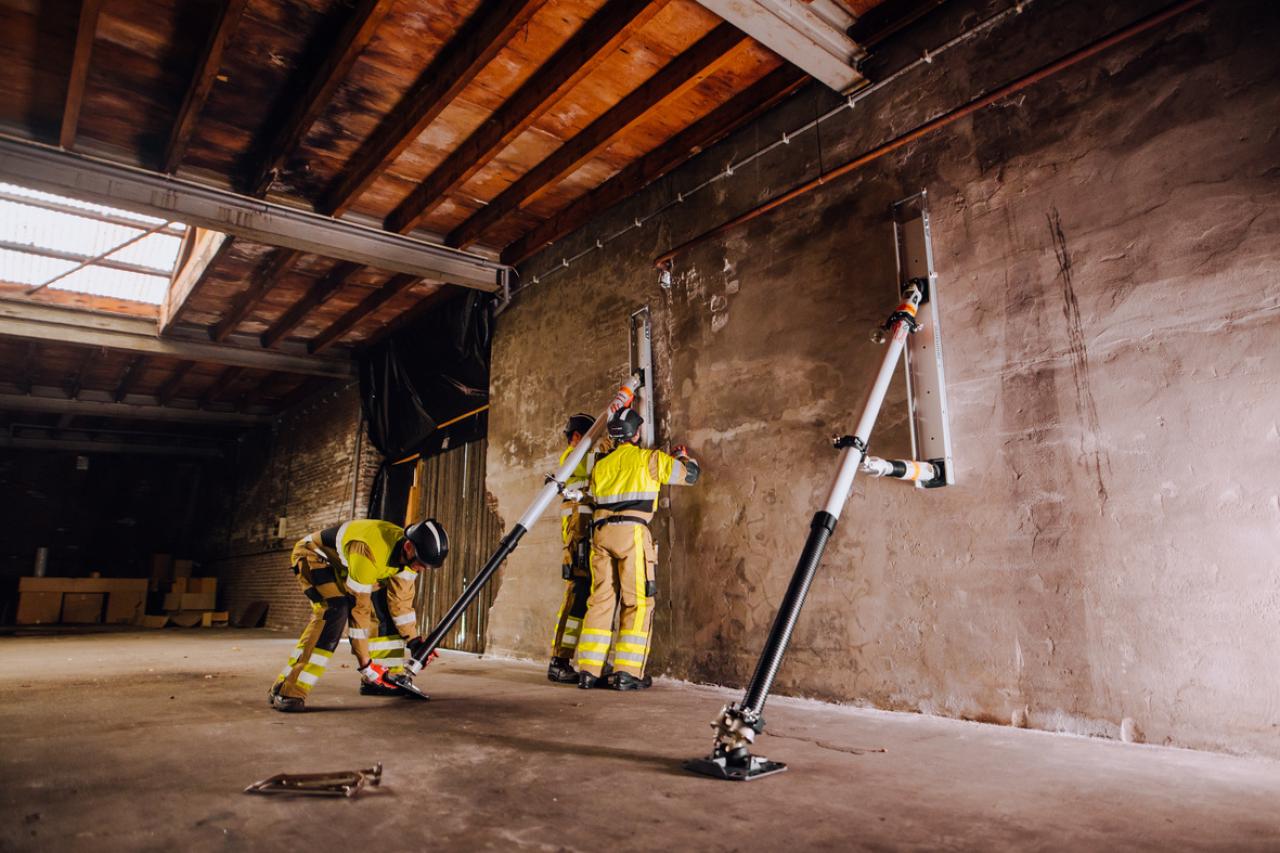
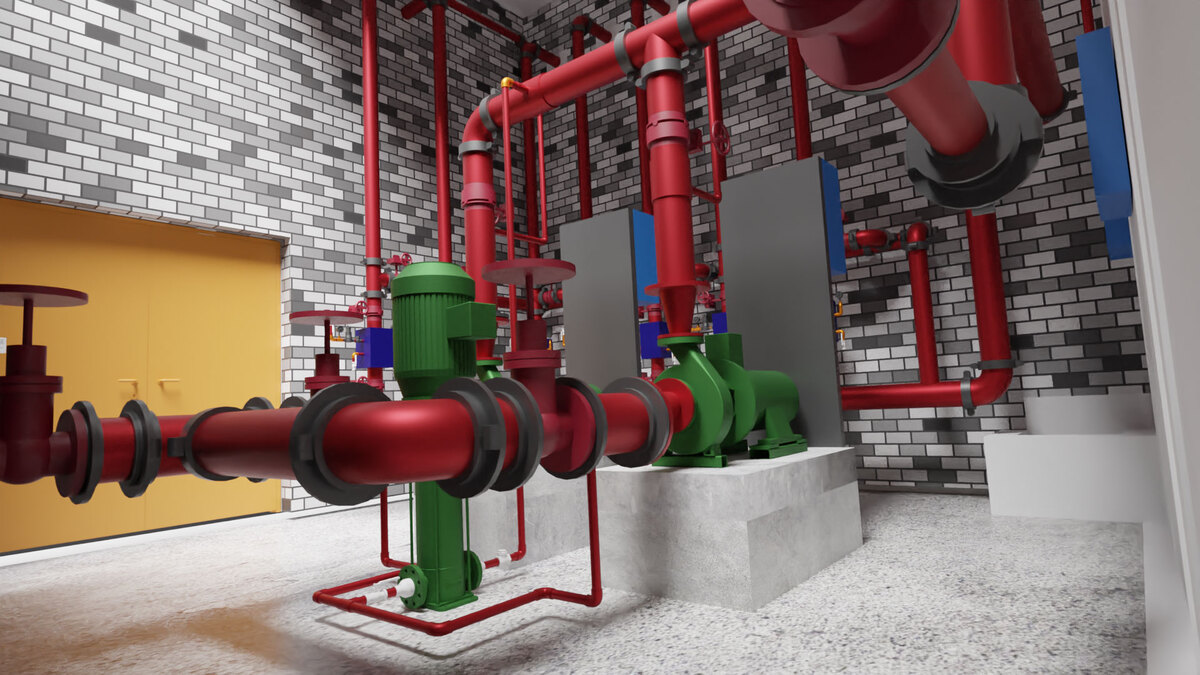


0 thoughts on “What Is Overburden In Construction”